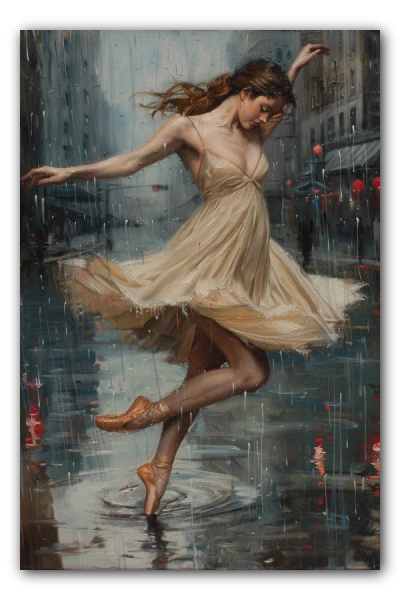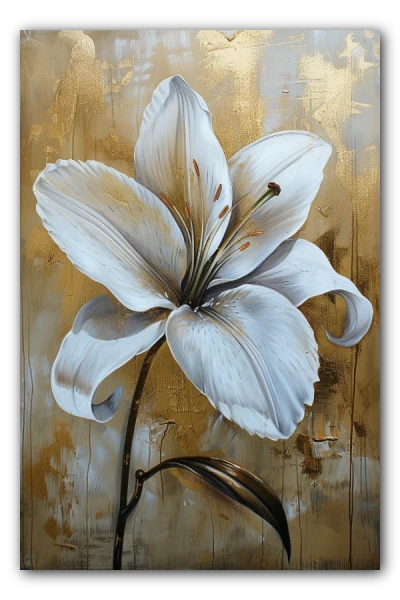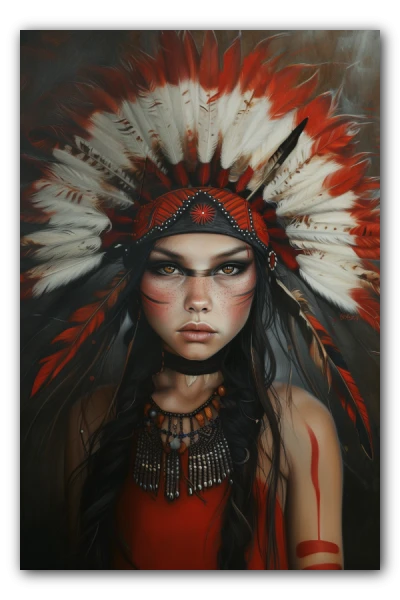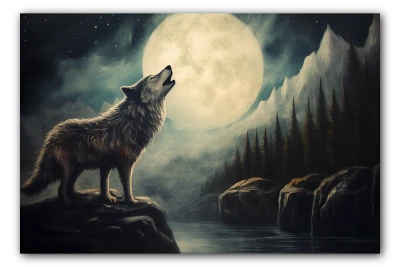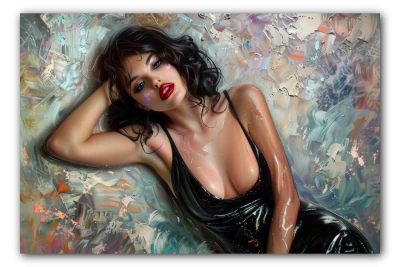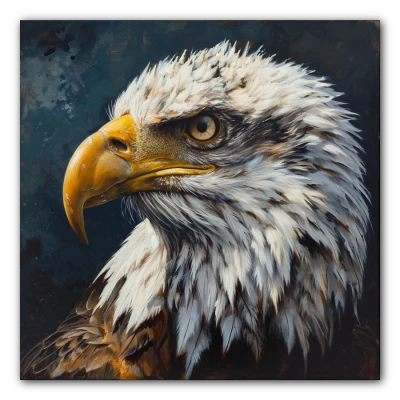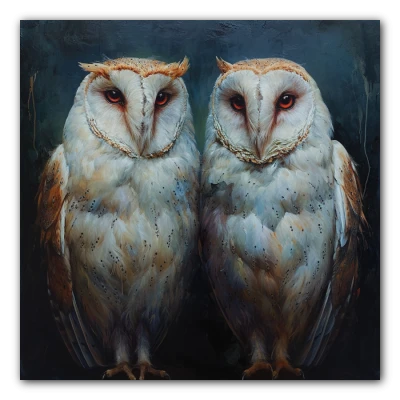Hyperrealism
The Transcendence of the Everyday Through Art


Techniques Used in Hyperrealism
To achieve that extreme reality effect, hyperrealists employ techniques such as the application of numerous layers of paint and the use of compressed air or very fine brushstrokes that hide the strokes and offer a smooth, textureless surface. They also often use photos as references, projecting images onto the canvas to achieve greater precision in details. This allows them to accurately depict elements such as reflections, shadows, and textures.
Notable Hyperrealist Artists
Among the most prominent exponents of this trend are:
- Chuck Close, known for his large-scale portraits.
- Robert Bechtle, painter of solitary urban scenes and shiny parked cars.
- Ralph Goings, who painted restaurants and diners.
- Robert Neffson, who depicted urban architecture and the bustling city life.
- Duane Hanson, a sculptor known for his hyperrealistic figures of ordinary people.
- John De Andrea, another sculptor noted for his hyperrealistic nudes.
Most Famous Hyperrealist Works
Here are some of the most representative works of hyperrealism:
- "Big Self-Portrait" (1967-1968) by Chuck Close, a large-scale portrait that demonstrates his meticulous focus on detail.
- "Airstream" (1970) by Robert Bechtle, a signature representation of a trailer, notable for its careful handling of light and shadow.
- "Ralph’s Diner" (1982) by Ralph Goings, a painting of an American diner that captures the texture of metal and reflections in a striking manner.
- "Times Square in the Rain" (2011) by Robert Neffson, where the bustling environment and wet urban pavements come to life.
- The anonymous life-size sculptures of people created by Duane Hanson, such as "Tourists II" (1988), that interact surprisingly with the gallery space.
- "Linda" (1983) by John De Andrea, a reclining female figure that demonstrates attention to detail in the texture of the skin and the veracity of the human body.
Hyperrealism Today
With the advancement of technology and the emergence of new media, hyperrealism has crossed traditional boundaries and encountered new platforms like digital art. Contemporary artists continue to explore and blur the lines between reality and representation, keeping the essence of hyperrealism alive in the modern era.








